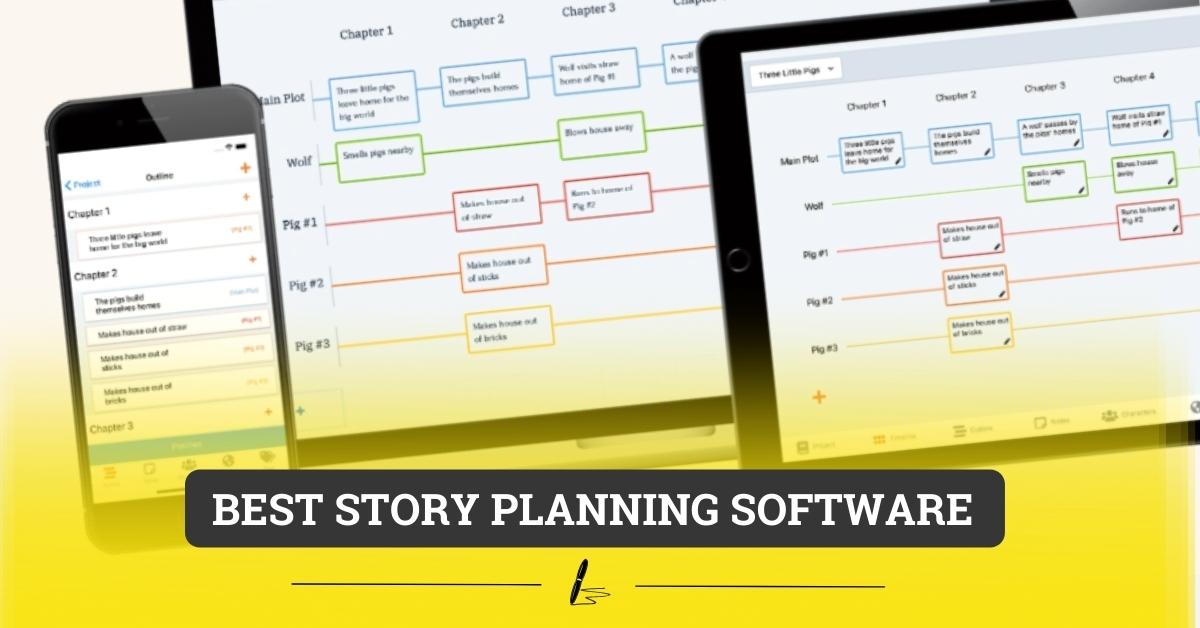This is not an article for pantsers unless you have decided to repent and start planning your stories, and you’ve landed here.
You’re welcome, lost child. Welcome to the 10 best story planning software available in 2025.
Before most established authors sit down to start writing a bestseller, there are tons of things they have to mark off on their checklists. The prewriting stage involves a lot of thinking, plotting, researching, organizing, and polishing up their ideas.
The invention of story planning and writing software has removed some of this burden from writers and they can easily turn to an app to help them sort out their story planning stage.
That’s what this article is all about, Plottr (our overall best) and 9 other of the best story planning apps. But, before we get to that, let’s look at the reasons why story planning apps are must-haves for any writer.
Why you need Story Planning Software
1. Speed and Organization
Most often, writing is a slow process, even slower when you do not plan the story well. Some writers prefer planning their story on a piece of paper, but that is a stone-age and inefficient way of going about it.
I agree with those who say that it feels legit writing using pen and paper, but planning software is faster and more organized. Not only do these apps save you time and energy, but they also inspire new ideas, especially the ones with mind maps.
2. Writing and Planning on the Go
Story planning apps such as Story Planner App are available on mobile devices (i.e., tablets and smartphones), allowing you to work on your manuscript and improve your writing anywhere, anytime.
While waiting for the bus, you can use websites and apps that help improve your prose. Something as simple as Lose the Very can improve your vocabulary in just moments. From there, you can go straight into your word processing app and practice what you’ve learned.
3. Constructive Feedback
Planning apps like Story Planner play the role of a virtual task manager and provide feedback that helps you keep track of what scenes you plan to write next.
Having this type of automated feedback is more efficient than having a person play this role because the apps are never late and they never forget (Well, unless there’s a glitch or an error in their code).
4. Some of these Apps Improve Your Writing
Some apps are designed to help through every stage of story writing—from planning to the final draft of your novel.
These apps come with specific tasks that can also help improve your overall writing. You can improve in various areas of your writing such as grammar, vocabulary, character development, formatting, et cetera.
10 Best Story Planning Apps
1. Plottr
Best Overall
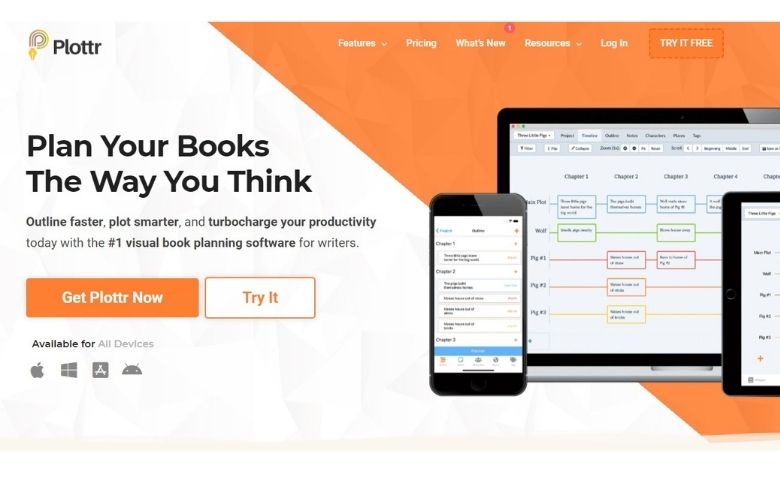
Plottr is a visual story plotting tool, a book planning software for writers that allows you to set up your story’s timeline, outlines, and set some other features before you begin the actual writing of your story.
This is the go-to app for a lot of writers who are looking to simplify the planning stage of their novel writing.
Plottr enables you to drag and drop scenes and plot lines. It also enables you to keep all the notes—related to the story you’re writing—in one place, create places, characters, and bits of backstories.
This tool allows you to visually organize your story or novel and link up different elements of that story (i.e., link your characters and places to your scenes), using colors to coordinate storylines.
And, when you want to see the progress you’ve made with the outline, Plottr automatically generates a neat outline of your story so that you can review, edit, or keep it if you’re satisfied.
Plottr Pros
- Easy to use (comes with tutorials and demos)
- One-time payment for the version bought
- Highly customizable
Plottr Cons
- No online version or cloud syncing
- No space for writing the actual draft
- World-building and tagging could be better
Pricing: Lifetime—$99 (1 Device), $149 (3 Devices), $199 (5 Devices). Annual—$25 (1 Device), $45 (3 Devices), $65 (5 Devices).
2. Plot Factory
Runner-up
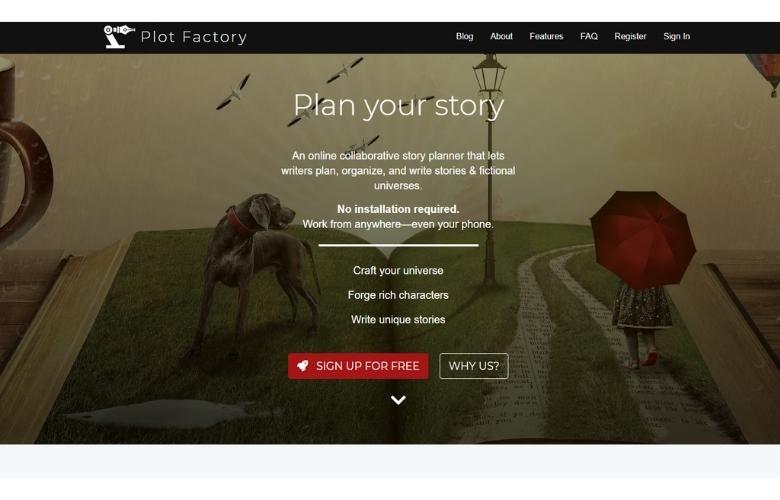
Plot factory is an online tool that is perfect for co-authors or writers who want to collaborate on a book-writing project.
It’s a story planner that enables writers to plan, organize, and write stories, especially in the fiction category.
Plot Factory is an online, subscription-based platform, which—apart from planning your story— allows you to narrate your stories, collaborate with other writers, and export our stories as ePub files, ready for self-publishing.
So, as far as helping you with the planning stage, Plot Factory also has templates for creating outlines, helps you with world-building and creating characters, allows you to track word counts, and many other things relating to the planning and organizing stage of your story.
From that brief description, you can see that Plot factory is more than a story/novel planning tool. It’s focused on a lot of things and that it’s the right software for you if you’re looking for something that offers more features for advanced stages of the writing process.
In brief, these are the features you get when you subscribe to Plot Factory: Outline templates, Distraction-free plotting, templates for creating characters, templates for creating universes, word counts and statistics, name generator, narration, and sharing.
Plot Factory Pros
- Convenient plot templates
- Exports ePub files for publishing
- Affordable and has a free plan
- Works on many Operating systems (since it’s an online tool)
Plot Factory Cons
- Not available as a desktop app
- Its world-building capabilities are not convincing
Pricing: Basic (free), Hobbyist ($9/month, $90/year), Enthusiast ($14/month, $140/year), Novelist ($19/month, $190/year).
3. Scrivener
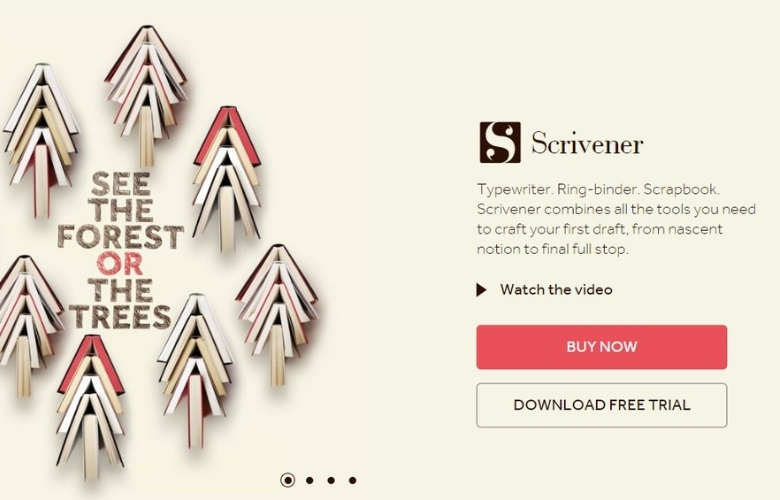
Scrivener is more than an outlining software… it’s exactly what literature and latte say it is: a ring-binder, scrapbook, and typewriter.
Scrivener is the go-to app for novelists, screenwriters, journalists, non-fiction writers, academics, translators, and other kinds of writers.
Scrivener—which is available on macOS, Windows, and iOS—helps writers organize their book by putting all their research, notes, and writing in one place.
It’s a great tool for all writers (whether fiction or nonfiction writers), but it’s for outlining nonfiction works and it’s easy to use.
And, it’s a good app for both plotters and pantsers, and if you’re a plotter, Scrivener is the tool you’re looking for—it lets you have everything in one window, your current writing in one window, and an overview of your manuscript in the adjacent window.
Here are the pros and cons of plotting features:
Scrivener Pros
- Highly customizable
- Scrivener’s “household” license allows you to install Scrivener on any supported device
- Lifetime payment
Scrivener Cons
- Has a steep learning curve
Pricing: macOS and Windows are charged separately but cost the same (Standard Licence costs $49 and educational license costs $41.65), iOS costs $19.99, and a discounted Scrivener bundle for both macOS and Windows that gives you separate licenses for each platform costs $80.
4. The Novel Factory
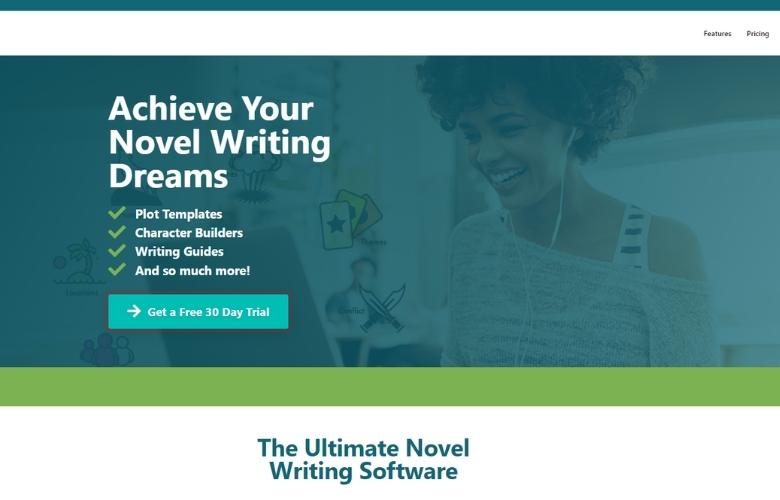
The Novel Factory is one of the few apps on this list that have in-depth features and can be used throughout the entire novel-writing process.
This is a gold mine for a new fiction writer in need of outlining software that can guide them through the plotting process.
For seasoned writers, the Novel Factory is just the tool they need to increase efficiency, but for new writers, it comes with loads of useful templates, learning resources, and intuitive interactive features, features that simplify the plotting process.
With The Novel Factory, you get the following features:
- You get to keep and organize all of your novel’s notes in one place. The software has features for notes on plot, characters, locations, and many others.
- You also get the “Roadmap feature,” which is a step-by-step writing guide and takes you from premise to final manuscript.
- Plot Manager, which helps you build the story’s plot from basic building blocks. It comes with time-saving plot templates for popular genres.
- Subplot manager, which you can use to make columns for plot threads, themes, characters, etc. The subplot manager also allows you to cross-reference notes with particular scenes.
- Freeform notes board. This new and improved notes section allows you to add text notes, images, links, etc.
- An in-depth character management tool for fleshing out your characters and creating character questionnaires, background, their voice, and other things.
This software was developed with both beginners and seasoned writers in mind.
The Novel Factory Pros
- Has a desktop app for windows that runs offline
- Excellent plot and scene management
- Thorough guidance.
- Automatic saving to the cloud.
- Tracking and statistics features.
The Novel Factory Cons
- The writing feature isn’t very intuitive
- Not compatible with Macs. No desktop version for Mac.
Pricing: Basic ($7.5/month, $75/year), Standard ($20/month, $198/year), and Premium ($60/month, $600/year).
5. World Anvil
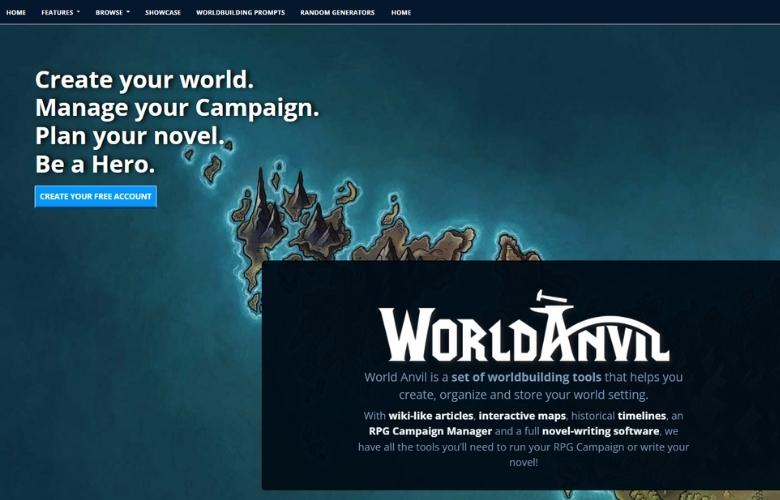
This is an interesting option right here.
World Anvil is an online world-building platform that lets you create and manage the world for your story.
The platform allows users to plan their novel using a set of worldbuilding tools that enable them to create, organize and store your world setting.
It has wiki-like articles, interactive maps, historical timelines, novel-writing software, and many other tools that a writer needs to run an RPG campaign or write a novel.
World Anvil comes with over 25 world-building templates, a template for every aspect of your world.
The world-building template set is an extensive and inspiring set, which enables you to create characters, cities and settlements, record strange languages, and furnish new civilizations among other things.
World Anvil Pros
- Easy to use
- Has an excellent free version
- Inspiring templates
World Anvil Cons
- The free package comes with limited storage
- Doesn’t work offline
Pricing: They have three packages namely Journeyman, Master, and Grandmaster. Journeyman ($5/month, $14.50/3 months, $25/6 months, $50/year), Master ($6.50/month, $19/3 months, $34/6 months, $58/year), Grandmaster ($12/month, $34/3 months, $62/6 months, $105/year).
6. Story Planner App
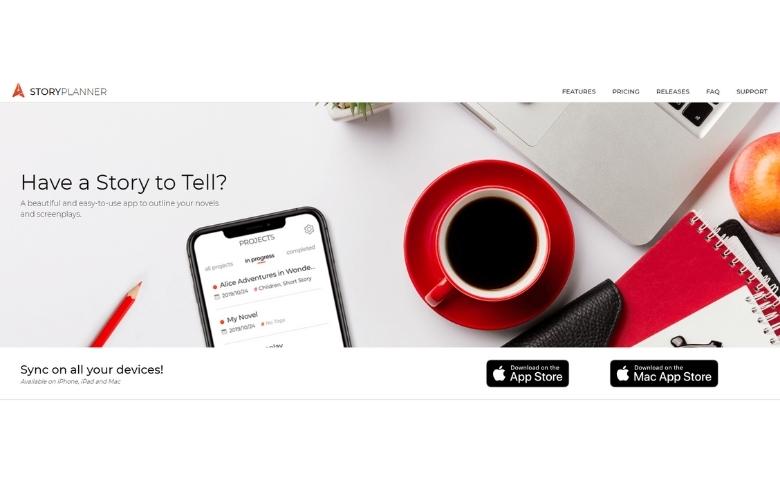
Story Planner is a great app for outlining your writing and stories. This app has features that help you organize your characters, add details to your locations, tweak your plots, and build your scenes.
It simplifies the planning stage by helping you create scenes, build them up, organize them by dragging and dropping, and coloring each plot.
Plus, Story planner lets you sync your projects via iCloud, and export your projects to Scrivener, Final Draft, .doc, .txt, .rtf, and .pdf.
Story Planner Pros
- Clean UI
- Easy to use
- Affordable
Story Planner Cons
- Only available on iOS and macOS
Pricing: iOS ($5.99), macOS ($9.99).
7. Bibisco
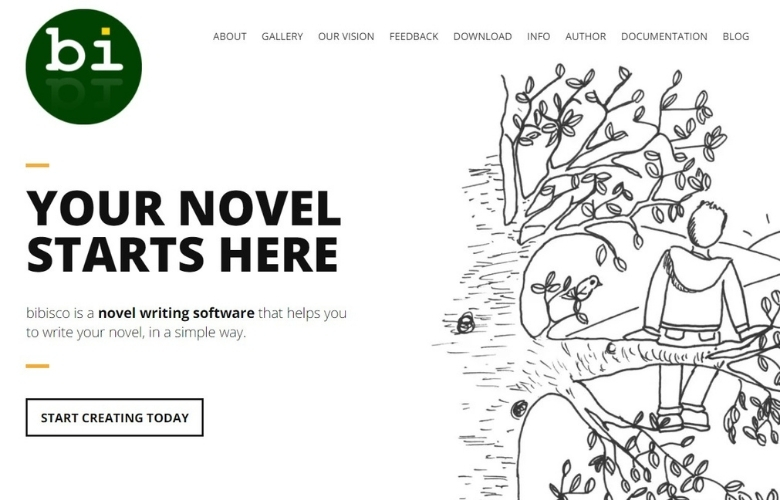
This is another novel writing software that is designed to simplify the entire novel-writing process.
The Bibisco team knows and posits that words are like bricks and writing a novel is like building a house.
That’s why they made an app to help you be the architect and the carpenter of your novel. The Bibisco, which is available on Mac, Windows, and Linux, is a combination of a word processor, organizer, and a creativity guide.
As an Outliner, there’s a lot of things you can do with bibisco. You can create a novel structure, define premise, and create narrative strings and geographic, temporal, and social settings.
Bibisco also enables you to design characters, the story’s location, and other elements crucial for the development of your story.
Bibisco Pros
- Creative features for developing characters, locations, and other elements.
- Simple design, Easy to use, and hence has a gentle learning curve
- Has a low-restriction free version a 30-day money-back guarantee
Bibisco Cons
- No mobile application
Pricing: Bibisco has a free version, but for its paid plan, which is called “the supporter’s edition,” the author of Bibisco suggests that you should “name a fair price” starting from 18€+VAT.
8. XMind
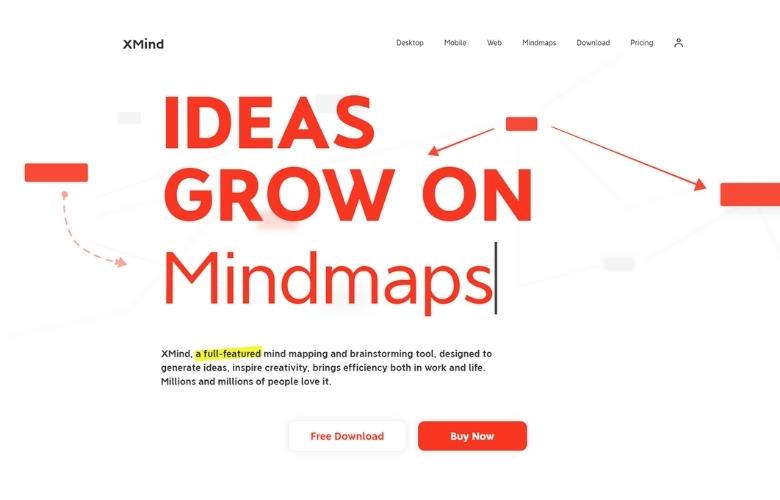
This is a totally different app from the first five on this list, not only is it versatile as a planning software but its visual presentation is in its own category.
It’s the variety of the planning features that amazes me. It has features like Fishbone, Logic Chart, Matrix, Timeline, Brace Map, and Org Chart.
All these features are designed to help the user visually organize related aspects, ideas, or events, and those are just a few of the tool’s capabilities. XMind also has features that offer in-depth comparative analysis and enable the user to track milestones and schedules.
The app lets you do all these things using clean, intuitive, and modern interfaces on your laptop and mobile devices, anytime and anywhere.
XMind Pros
- Easy to use
- Good variety of mapping features
- Unified pricing plan for all supported systems (Windows, macOS, Linux, iOS, and Android)
- Google Drive, Dropbox, Confluence, Google Sheets, and Lucidchart integrations.
XMind Cons
- Speed could be improved
- Marking or labeling customized branches can be tiresome.
Pricing: Has One plan for 5 Macs/PCs and 5 iOS/Android personal devices, $39.99/6 months, $59.99/year.
9. Coggle
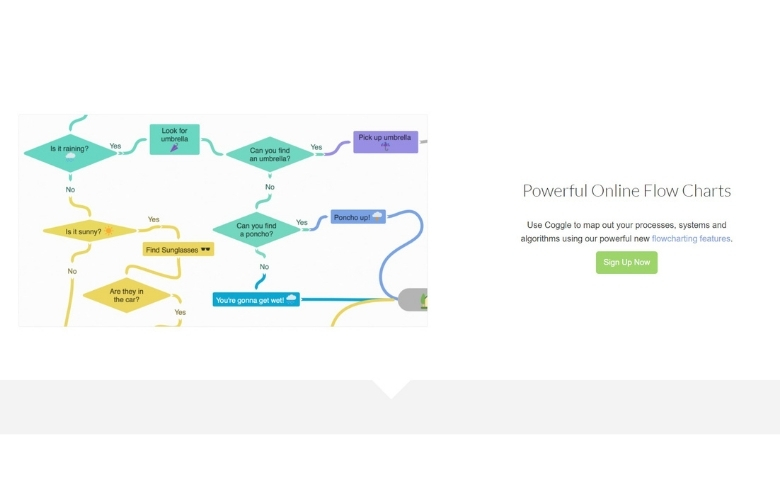
Coggle, the second-best mind mapping tool on this, is the app you use when you’re trying to test possible relationships between different story ideas.
With Coggle you try to examine potential relationships between elements of your story, there is a difference: Coggle has a “free-forever” package.
Coggle allows you to create powerful flowcharts, process maps, and other visual representations. It also allows you to color-code paths, drag-and-drop as many images as you like to your diagrams, add text labels, link branches, and create loops to create a comprehensible timeline,
Coggle Pros
- The mind maps look great
- Easy to use
Coggle Cons
- Doesn’t have an auto-sort/arrange feature
- Limited customization options, font colors, and shapes
Pricing: Free Forever (free), Awesome Package ($5/month), and Organization ($8/month).
10. Google Docs
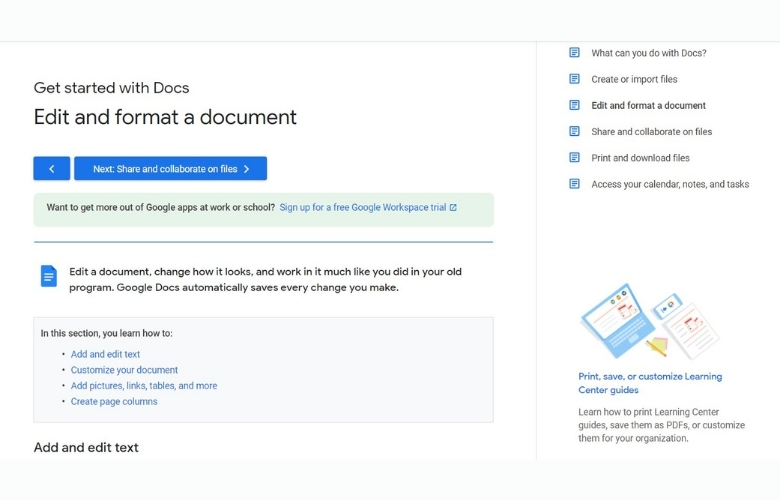
I doubt that Google Docs is what comes to mind when you think about outlining software, but almost everyone is using Google Docs to write something.
People share short story drafts on Google Docs, freelance writers share samples with potential clients on Google Docs, and writers from different parts of the world collaborate using this tool.
And, it’s a free app!
So, it might not be the standard outlining software that everyone’s talking about, but it’s a legit word processor that enables you to craft neat outlines, allows you to work with teams, and helps you track changes made to your outline.
I didn’t forget the autosave feature, did I? Oh, sorry, so yeah, with Google Docs you don’t have to waste valuable time pressing “ctrl+s” or clicking “save” on the “file” drop-down menu.
Google Docs Pros
- Free
- Simple, clean, intuitive interface
- Great collaboration features
Google Docs Cons
- Online tool, editing only possible online.
- Not a comprehensive outlining tool
- Size of a document affects performance. Slow when processing large documents
Pricing: Free.
What to Look for in a Story Planning App
Writing a novel-worthy story takes a lot of effort and time, it doesn’t make sense to use an app that makes the writing more stressful than it already is.
To lessen the planning burden, good planning software should have some or all of the following characteristics:
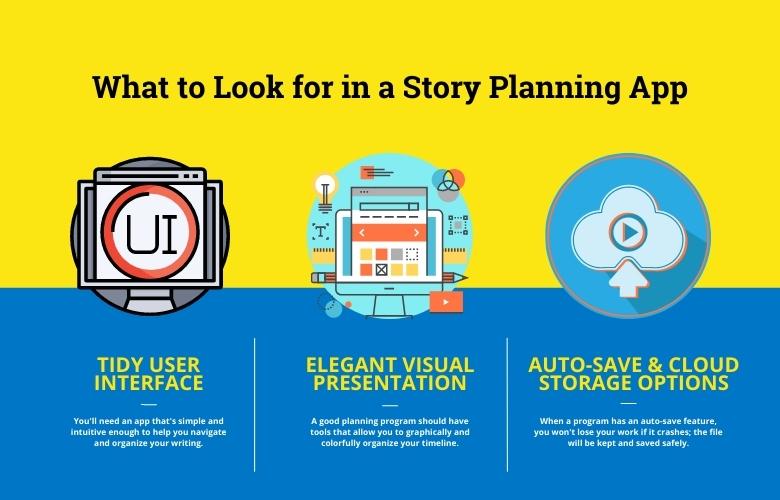
Tidy UI
When looking for a story planning app, you have to look for one that helps you keep notes about your characters, a record of events, a timeline, and/or mind maps, all in the same place.
With all these things in one window, you need an app that is clean and intuitive enough for you to find your way and tidily organize your writing.
Elegant Visual Presentation
Good planning software ought to have features that aid in telling the story before you start writing it.
Take, for example, Coggle and XMind, they come with features that help you arrange the timeline visually and colorfully.
Auto-Save and Cloud Storage Options
An auto-save function means that you won’t lose your work if the program suddenly malfunctions, the file will be stored and saved securely.
But, you also need the app to save your work on a cloud drive. In case that your computer’s processor gets fried or the drive stops working, there’s no way of retrieving the data unless you’re a super geek (which you’re obviously not).
So, you need software that stores your files on Google Drive, iCloud, Dropbox, or other cloud storage platforms.
Summary
It’s perfectly okay for you to be a pantser, but it’s not okay for you to be a plotter whose planning involves scribbling a bunch of lines on a piece of paper.
You need dedicated story planning software such as Plottr, and if you’re using novel writing software like Scrivener, then you don’t necessarily need a dedicated app for planning your story because you can plan, outline, and write using the same program.
So, what are you waiting for? Start planning that bestseller now!
